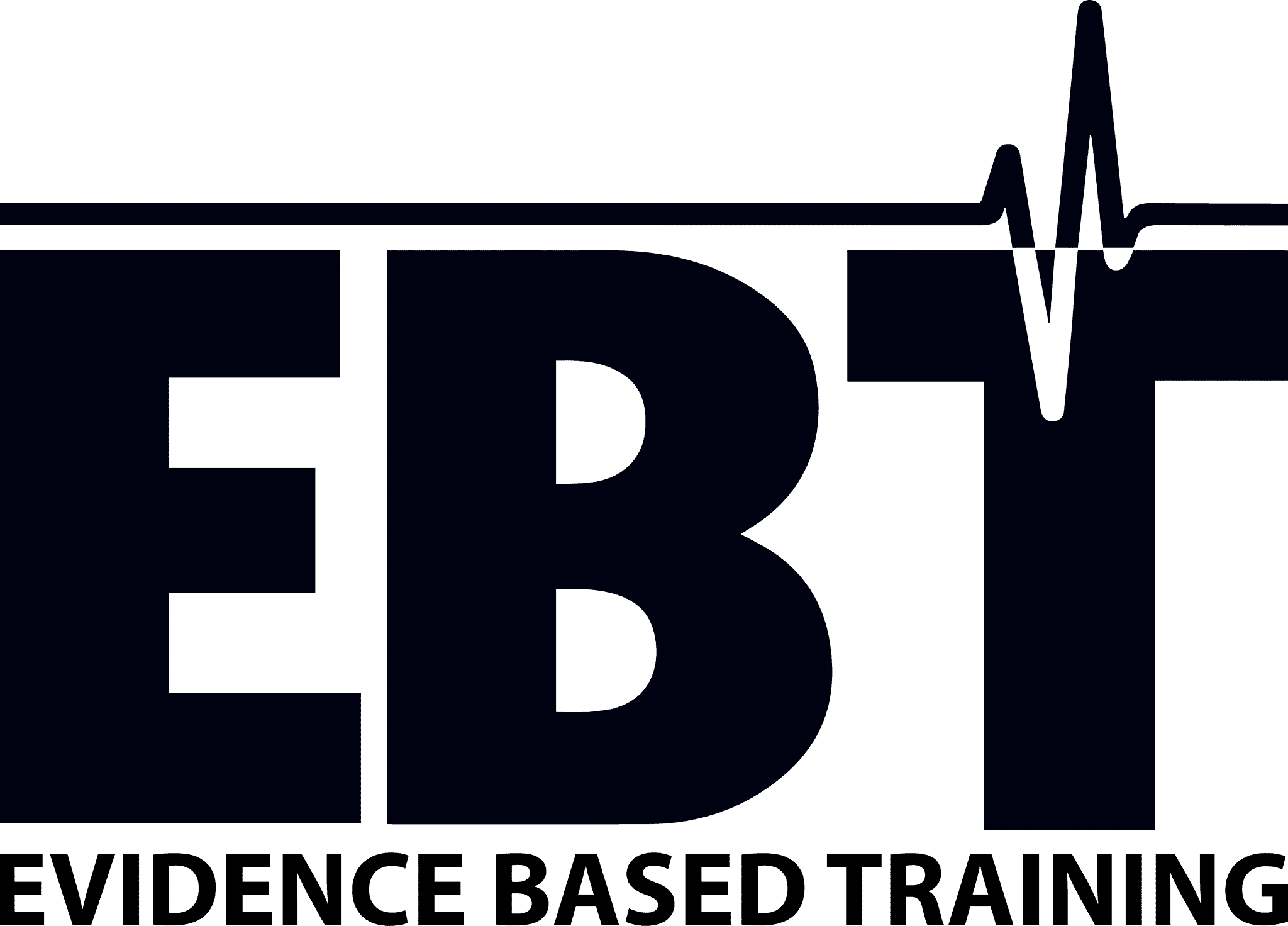You have probably been told that it is important to do a thorough warm-up and maybe also some kind of a stretching routine before starting the “real” exercise program. Maybe there have been a time or two that you did not complete a warm-up routine before hitting the weights, but does that matter? What effects does a warm-up have on performance and injury prevention?
High Load Dynamic Warm Ups Enhances Upper Body Performance
Today’s first article is a systematic review (pretty high up in the scientific ladder) that included 31 RCTs with a total of 628 participants (124 female) investigating the effects of upper-body warm-ups on performance and injury prevention.
The main finding of the study was that dynamic high load (>20% maximum effort) upper body warm-ups can effectively enhance performance (strength and power) outcomes. On the other hand, warm-ups with a low load did not enhance strength or power outcomes. Dynamic exercises include: body weight exercises, medicine ball throws, isokinetic contractions, static holds or other plyometrics (explosive jumps) etc. Static stretching routines (</=60s) were found to result in flexibility gains with no adverse effects on power output. The researchers found no study even investigating the effects of warm-up on injury prevention. The claim that warm-ups prevents injury might thus be unfounded, at least in the upper body (1).
Lower Body Warm-up Routines Reduce Injury Risk By Up to 95%!
Fortunately, there seems to be more studies on the effects of warm-up on lower body injuries. Herman et al. conducted a systematic review including nine RCTs and three CCTs (controlled clinical trials), all investigating the effect on no-equipment neuromuscular warm-up routines on sports related lower limb injuries. The typical exercises were: stretching, strengthening, balance exercises, landing techniques and sport-specific agility drills. The study found that these kind of warm-ups, if implemented for a longer time (>3months), might reduce lower body injury incidence (i.e. the number of injuries/year) for many different groups: young, amateur female and males. Both acute injuries (ACL-tear, ankle sprains etc.) and over-use injuries were shown to decrease (2). Depending on the warmup program, risk of injury could be lowered by 14% up to 95% compared to not following a warmup routine!
Effects of Warm-Up on Metabolism?
Another study took a deeper look in the body and investigated the effects of warm-up on metabolism and performance during high intensity exercise (repeated bouts of maximal power output for 30s on a bicycle). Participants went through three scenarios:
- An active warm-up routine (cycling)
- A passive warm-up routine (basically sauna until muscle temperature was equal to the active scenario)
- No warm-up (control)
Total oxygen uptake was significantly greater in the warm-up scenarios compared to control and the active scenario showed lower lactate levels compared to passive and control. There was however no significant difference in time to exhaustion (performance) between the different set-ups (3). Although interesting findings, one cannot be entirely sure what to make out of the study. This is an example where we cannot only look at one study to get the whole picture. We need a lot of studies, like this one, to be able to put the whole puzzle together. For that, we need reviews, meta-analyses and consensus reports.
A 2015 Review of 179 Articles on Warming Up Concludes That:
An active warm-up (<15min) of aerobics (easy cardio and a couple of sprints) and strength/ plyometrics elicits improvement in performance. This has been showed in a variety of sports: Swimming, football, cycling, running, rugby and repeat-sprints.
It is a good idea to include sport-specific drills as part of the warm-up for priming neuro-muscular activation and stimulate the skills and bodily demand used later. This means getting you nervous system “ready” for the workout by giving it similar warm-up movements.
It might be a good idea to try and keep the warmth by passive heat maintenance (a jacket, long-johns etc.) if lengthy transition phases between warmup and workout.
In sports, it is preferable to do a “new” brief warm-up in between periods / halftime if you have not played.
Physiological Benefits of Increased Muscle Temperature
- It has been found that an increase in muscle temperature markedly increases ATP (adenosine-tri-phosphate) turnover and muscle cross-bridge cycling rate. This means that muscle fibers are able to use more energy (ATP) to contract faster.
- Muscle glycogen availability and rate of force development gets elevated at higher muscle temperatures.
- Warming-up induces an increase in motor unit recruitment = increased power output.
Summary and Conclusion
Warming up increases strength and power outcomes and seems to lessen the risk of injury (at least in the lower extremities).
The studies included in today’s article are not specific for gym goers. It is however the same muscles that are activated in the gym as in other sports. The principles of the above will therefore most probably apply in the gym as well. Are you also participating in other sports; recreational, in school, for cardio etc. you can most certainly make use of the findings above for injury prevention and enhancing performance.
A Short Guide on How to Implement the Findings
- Conduct an active 10-15-minute warm-up (don’t go to easy- make sure you sweat)
- Include strength and power components (push-ups, squats, lunges, sit-ups, jumps and plyometrics etc.)
- Include aerobics (light cardio and some sprints)
- Include static/dynamic stretching for increased range of motion and priming the muscles, respectively.
- If possible, include sports specific exercises (for the gym: balancing movements, squats, jumps and so forth).
Sources:
- 1136/bjsports-2014-094228 A systematic review of the effects of upper body warm-up on performance and injury
- 1186/1741-7015-10-75. The effectiveness of neuromuscular warm-up strategies, that require no additional equipment, for preventing lower limb injuries during sports participation- a systematic review.
- 1080/02640410152475829 Effects of active, passive or no warm-up on metabolism and performance during high-intensity exercise
- 1007/s40279-015-0376-x Warm-Up Strategies for Sport and Exercise- Mechanisms and Applications
Article by team EBT member @jonasliefke, 4th year Medical Student, BSc Physiotherapy. www.jonasliefke.com”







